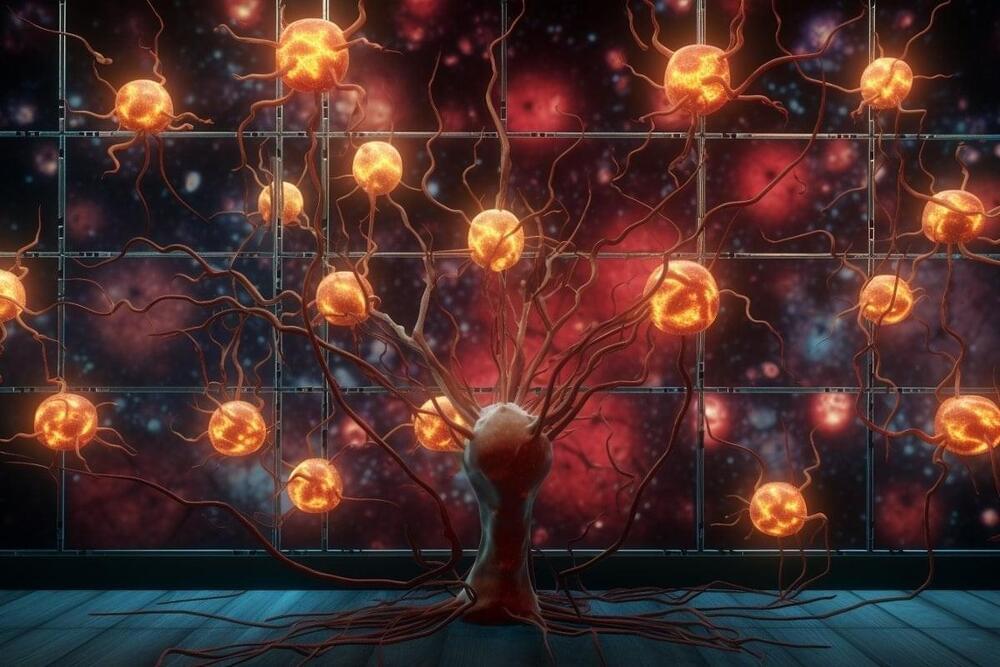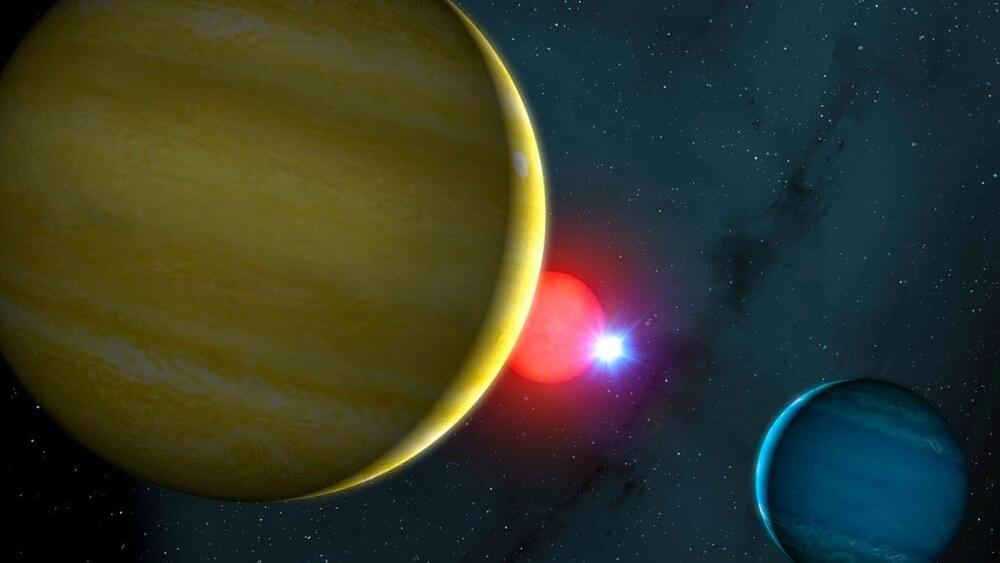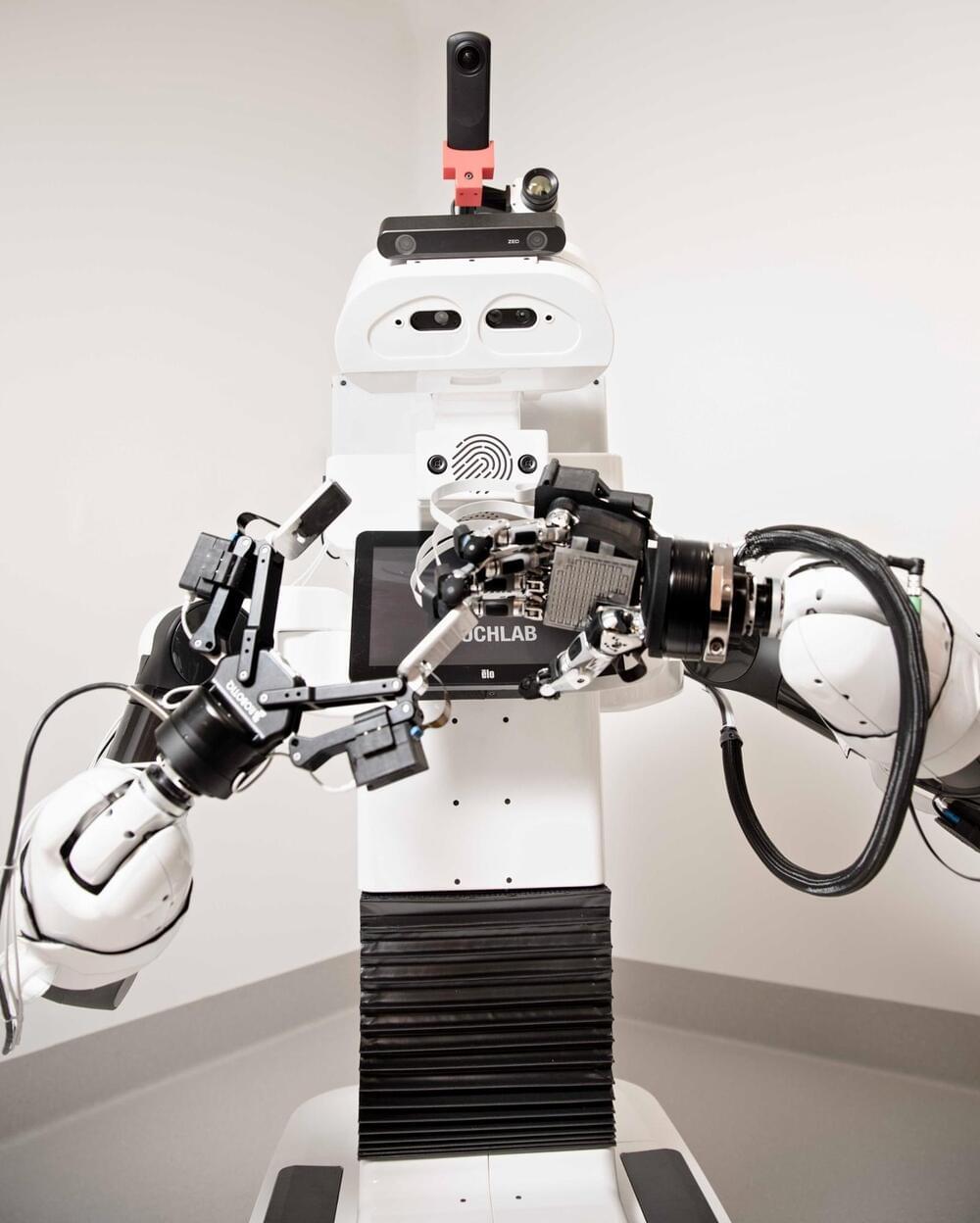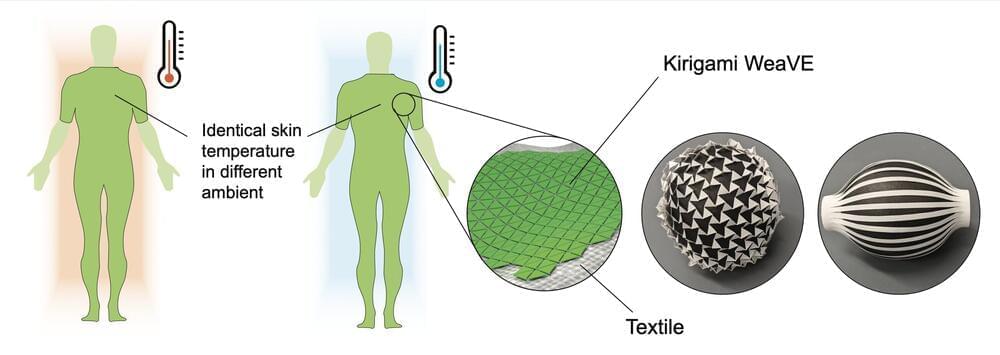Jun 14, 2023
Psychedelics Unlock Learning Windows in the Brain
Posted by Jose Ruben Rodriguez Fuentes in categories: biotech/medical, neuroscience
Summary: Researchers discovered a unique property of psychedelic drugs: their ability to reopen “critical periods” in the brain, times when the brain is highly susceptible to environmental learning signals. These periods, usually associated with skills development like language learning, are reopened by psychedelics for different lengths of time.
This breakthrough in understanding psychedelic drug function may have therapeutic implications for conditions like stroke and deafness. Further, it uncovers novel molecular mechanisms influenced by psychedelics.


















